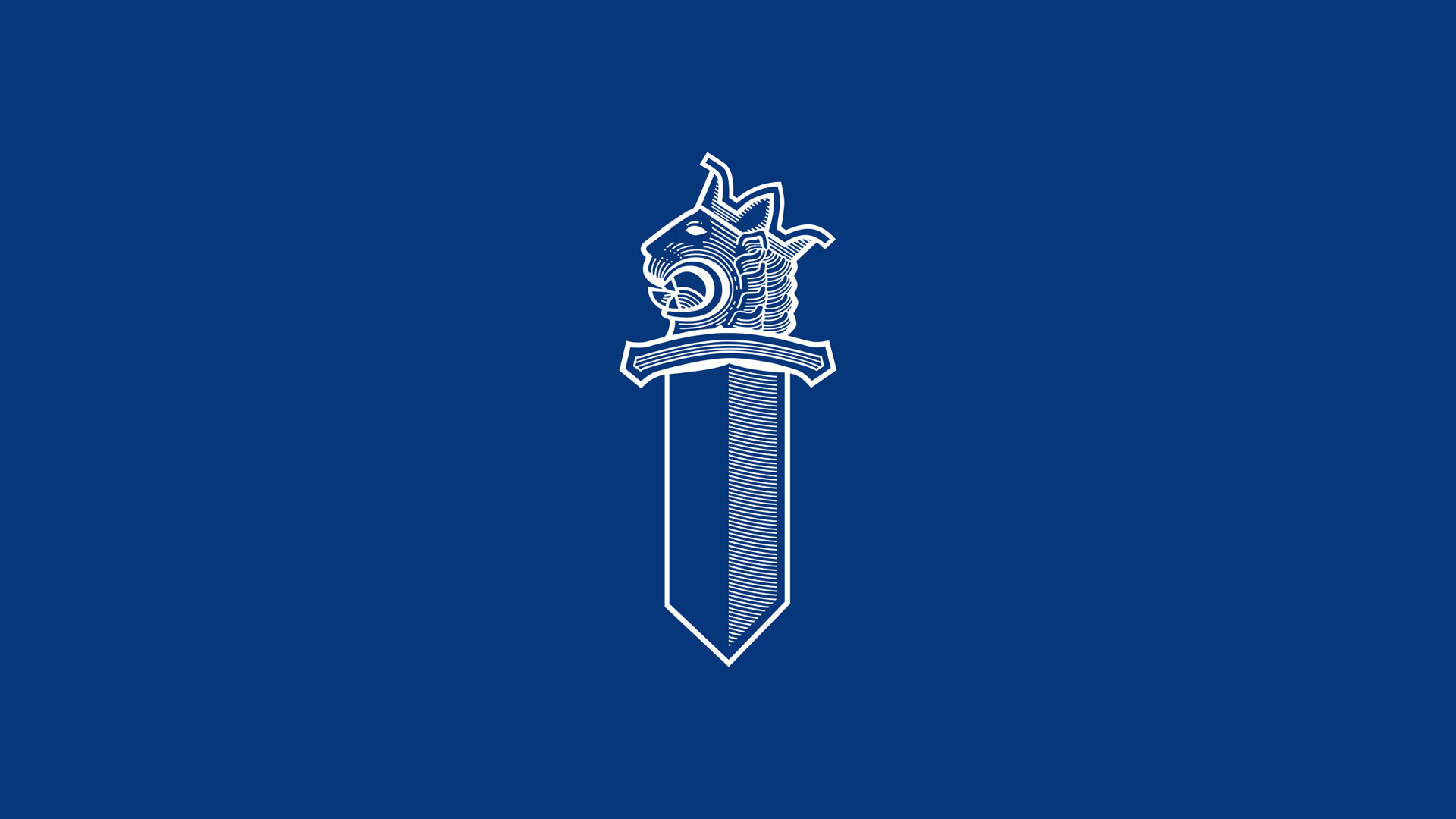Number of drunk drivers in the traffic flow unchanged in 2016
Every spring and autumn since 1988, the police have carried out nationwide roadside breathalyser tests (the so-called R Study) on all drivers who have driven to a stop check. On average, over 100,000 drivers are tested annually over the course of the nationwide R Study.
In 2016, the police breathalysed a total of 122,620 drivers, of whom 158 were recorded as drunk drivers (0.13%). The number of those who had consumed alcohol, but remained under the limit, was 1,072 (0.87%).
The number of drunk drivers in the traffic flow has not changed from 2015, but the number of those remaining under the incriminating limit increased slightly over three consecutive years (2014–2016).
The number of drunk drivers in the traffic flow was lowest in 2012 at 0.11%, and highest in 1990 at 0.25%. The number of drunk drivers varies slightly each year, but has stabilised between 0.11 and 0.14 in the last eight years.
The drivers picked from the traffic flow are tested using a screening breathalyser. When the test result is positive but remains below the incriminating limit, i.e. 0.50‰ or 0.22 mg/l, the driver is recorded as having consumed alcohol (in the tables, R-consumed alcohol). If the screening test result exceeds the incriminating limit, the driver is sent for either a precision breathalyser test or a blood test. These drivers are recorded as drunk drivers (in the tables, R-drunk drivers).
R Study statistics pdf, 256,6 kB
socialShareGray




